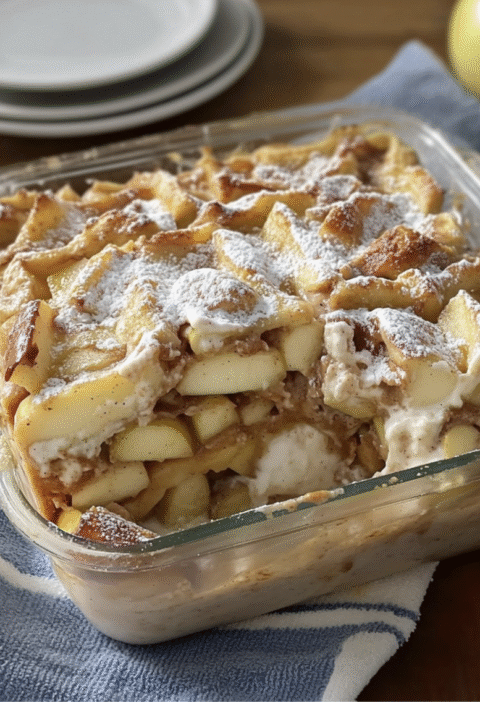Introduction
Homemade Samosa Sheets are a versatile and essential component for creating delicious samosas. These thin, crispy sheets are the perfect vessel for a variety of fillings, from spicy potatoes to savory meats. Making your own samosa sheets at home allows you to control the ingredients, ensuring a fresh and authentic taste. In this recipe, we will guide you through the process of creating homemade samosa sheets that are crispy, flaky, and irresistibly tasty.
Whether you are a seasoned chef or a beginner in the kitchen, making samosa sheets from scratch is a rewarding experience that will elevate your culinary skills. With just a few simple ingredients and some patience, you can enjoy the satisfaction of creating a staple of Indian cuisine right in your own kitchen.
So, roll up your sleeves, gather your ingredients, and let’s dive into the art of making homemade samosa sheets that will impress your family and friends.
Before you begin, make sure you have a clean and spacious work area, as well as a rolling pin and a flat surface for rolling out the dough.
Ingredients
To make homemade samosa sheets, you will need the following ingredients:
1. 2 cups of all-purpose flour
2. 1/2 teaspoon of salt
3. 1/4 cup of vegetable oil
4. Water, as needed
Ensure all the ingredients are fresh and at room temperature before you start preparing the samosa sheets.
These simple ingredients come together to create a dough that is easy to work with and yields crispy, golden-brown samosa sheets that are perfect for stuffing.
Feel free to customize the recipe by adding spices like cumin or turmeric to the dough for an extra burst of flavor.
Now that you have all your ingredients ready, let’s move on to the next steps of making the homemade samosa sheets.
Steps
Follow these steps to prepare the homemade samosa sheets:
1. Prepare the Dough
In a mixing bowl, combine the all-purpose flour and salt. Add the vegetable oil and mix well until the mixture resembles coarse crumbs.
Gradually add water, a little at a time, and knead the dough until it is smooth and pliable. Cover the dough with a damp cloth and let it rest for 30 minutes.
Divide the dough into small balls, about the size of a golf ball, and keep them covered with a damp cloth to prevent drying out.
Now, we will roll out the dough balls to create thin sheets for the samosas.
2. Roll Out the Dough
Take a dough ball and flatten it slightly with your hands. Dust it with flour and roll it out on a clean, flat surface into a thin, round sheet. Aim for a thickness of about 1-2 mm.
Repeat this process with the remaining dough balls, stacking the rolled-out sheets on top of each other with a dusting of flour in between to prevent sticking.
Once all the sheets are rolled out, you are ready to cut them into the desired shape and size for your samosas.
3. Cut and Shape the Sheets
Using a sharp knife, cut the rolled-out sheets into equal-sized squares or rectangles, depending on the shape of samosas you prefer. Ensure the edges are neat and even for a uniform appearance.
Now, your homemade samosa sheets are ready to be filled with your favorite stuffing and fried to crispy perfection.
With these simple steps, you can create authentic and flavorful samosas at home, showcasing your culinary skills and delighting your taste buds.
Variations
While the classic samosa sheet recipe is a timeless favorite, there are endless variations you can explore to add a unique twist to your samosas:
1. Whole Wheat Samosa Sheets: Substitute whole wheat flour for all-purpose flour for a healthier option with a nuttier flavor.
2. Spiced Samosa Sheets: Add a pinch of your favorite spices like chili powder, garam masala, or chaat masala to the dough for an extra kick of flavor.
3. Layered Samosa Sheets: Create flaky, layered samosa sheets by brushing each rolled-out sheet with melted butter or ghee and stacking them before cutting and shaping.
Experiment with different fillings, shapes, and sizes to create a samosa masterpiece that reflects your personal taste and creativity.
Whether you prefer traditional flavors or innovative twists, homemade samosa sheets provide a blank canvas for culinary exploration.
Tips
Here are some tips to help you perfect your homemade samosa sheets:
1. Keep the dough covered with a damp cloth at all times to prevent it from drying out and becoming difficult to work with.
2. Roll out the dough sheets thinly but evenly to ensure that the samosas cook through and become crispy.
3. Use a generous amount of oil while rolling out the dough to prevent sticking and tearing.
4. Experiment with different shapes and sizes to create visually appealing samosas that are sure to impress.
By following these tips, you can create homemade samosa sheets that are crispy, flaky, and bursting with flavor.
Conclusion
Congratulations! You have successfully learned how to make homemade samosa sheets from scratch. By following this recipe and incorporating your own creative touches, you can enjoy the satisfaction of creating delicious samosas that are tailor-made to your preferences.
Whether you fill your samosas with spicy potatoes, savory meats, or a medley of vegetables, the crispy and flaky samosa sheets will be the perfect accompaniment to your flavorful fillings.
Share your homemade samosas with family and friends, impressing them with your culinary skills and the authentic taste of freshly made samosa sheets. Enjoy the process of making these delightful snacks and savor every bite of your homemade creation.
Thank you for joining us on this culinary journey to master the art of homemade samosa sheets. Happy cooking!
FAQs
Q: Can I make the samosa sheets ahead of time and freeze them?
A: Yes, you can prepare the samosa sheets in advance, stack them with parchment paper in between, and freeze them in an airtight container. When ready to use, simply thaw the sheets at room temperature before filling and frying.
Q: How long do homemade samosa sheets stay fresh?
A: Homemade samosa sheets can stay fresh for up to 2-3 days when stored in an airtight container at room temperature. For longer storage, freeze the sheets and use them within a month for the best results.
Q: Can I bake the samosa sheets instead of frying them?
A: While traditional samosas are fried for a crispy texture, you can bake the samosa sheets at 375°F (190°C) for 15-20 minutes until golden brown for a healthier alternative. Brush the sheets with oil before baking for a crispier finish.
Q: How can I prevent the samosa sheets from becoming soggy?
A: To prevent the samosa sheets from becoming soggy, ensure that the filling is not too watery and that the sheets are sealed tightly before frying. Additionally, fry the samosas in hot oil at the right temperature for a crispy exterior.

Homemade Samosa Sheet Recipe
Learn how to make crispy and flaky homemade samosa sheets from scratch with just a few simple ingredients. These versatile sheets are perfect for filling with a variety of savory options and are sure to impress your family and friends.
Ingredients
- 2 cups all-purpose flour
- 1/2 teaspoon salt
- 1/4 cup vegetable oil
- Water, as needed
Directions
-
In a mixing bowl, combine all-purpose flour and salt. Add vegetable oil and mix until the mixture resembles coarse crumbs.
-
Gradually add water and knead the dough until smooth. Cover with a damp cloth and let it rest for 30 minutes.
-
Divide the dough into small balls and roll each ball into a thin round sheet.
-
Cut the sheets into equal-sized squares or rectangles.
-
Fill the sheets with your desired stuffing, seal them, and fry to crispy perfection.






